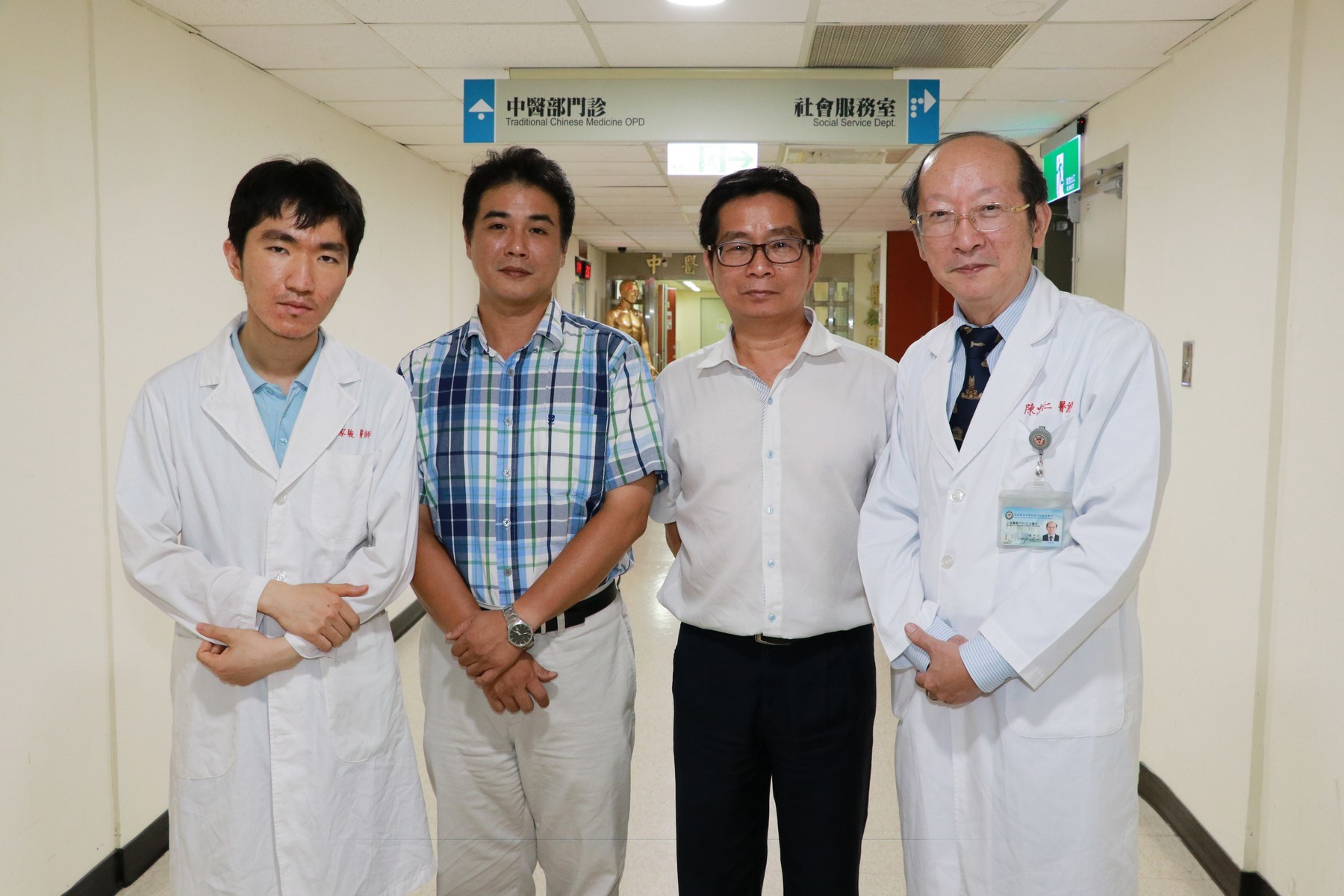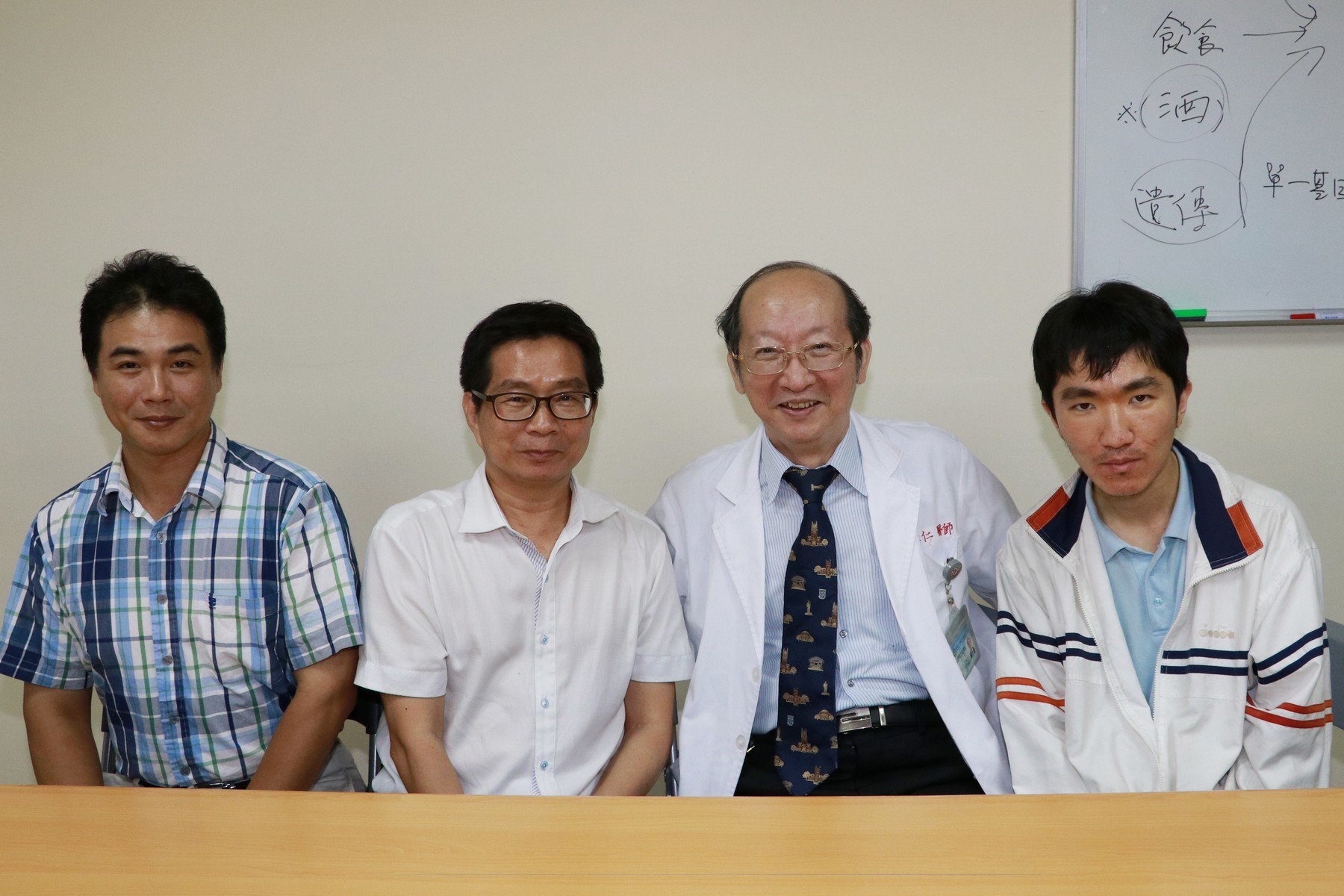The occurrence of gout will be predicted more accurately in the future


The occurrence of gout will be predicted more accurately in the future. Dr. Shun-Jen Chang, Professor of Department of Kinesiology, Health and Leisure Studies of National University of Kaohsiung, Dr. Wei-Ting Liao, professor of Department of Biotechnology, Kaohsiung Medical University, Dr. Chung-Jen Chen, the director of Department of Chinese Medicine, Kaohsiung Medical University Hospital, Dr. Chia-Chun Tseng, Attending Physicians of Department of Internal Medicine of Kaohsiung Medical University Hospital and Dr. Jan-Gowth Chang, Department of Laboratory Medicine and Epigenome Research Center of China Medical University Hospital formed a research team, conducted a huge database to analyze and identify the cause of disease.
Although many genome-wide association studies (GWASs) of hyperuricemia or gout have been reported, the related genetic factors and the mechanisms from hyperuricemia to gouty attack remain unclear. This study aimed to identify genetic factors and pathogenesis of gout from hyperuricemia by genome-wide association study (GWAS).
Gout is a common form of inflammatory arthritis characterized by recurrent attacks of acute inflammatory arthritis caused by monosodium urate (MSU) deposition and inflammation dysregulation. Since serum urate levels (SUA) and gout are heritable1, and most cases with hyperuricemia are asymptomatic, the genetic component of pathogenic mechanism remains unclear. Because most gout-related genes were also associated with hyperuricemia, in the present study the research team intended to identify the risk loci related to gout from the status of hyperuricemia, and then investigated their function in a cell model.
